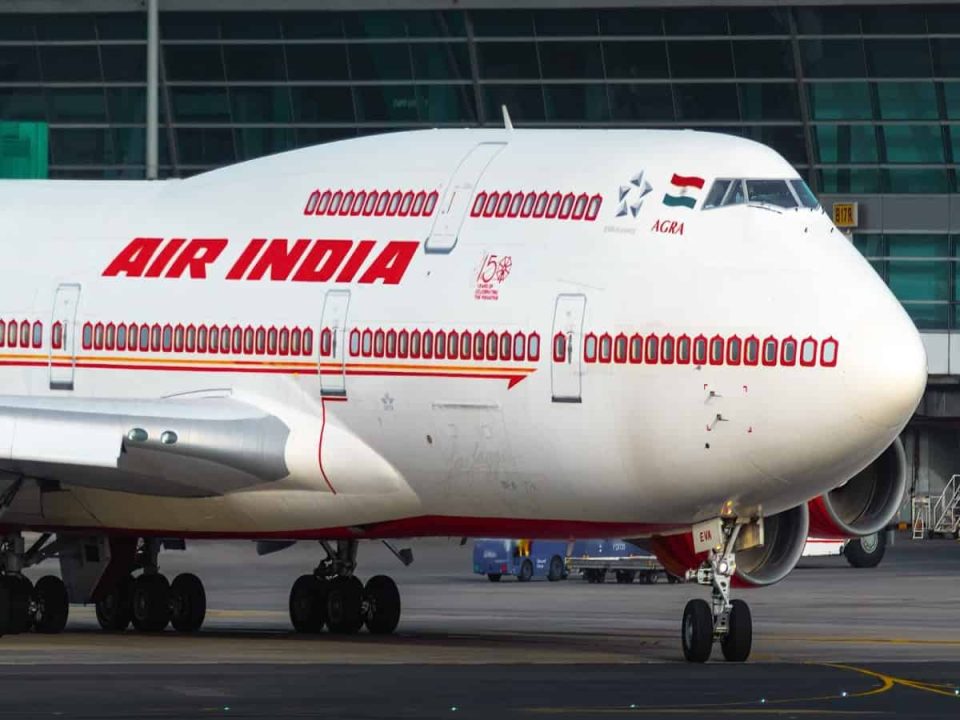The Directorate General of Civil Aviation (DGCA) data show that Air India’s key operational parameters marked improvement after the Tata group took complete control of the national airline in January. The most important dramatic improvements have been noticed to Air India’s passenger local factor (PLF). From February to June, Air India has clocked an impressive 80 per cent load factor on its domestic services.
- German Retail Sales Climb, But Import Costs Weigh on Outlook
- Provident Fund Update: Govt Raises Auto-Settlement Limit to ₹5 Lakh for 7.5 Crore Indians
- Perplexity CEO: No Financial Issues, No IPO Before 2028
- United Spirits Sells Malabar Hill Property for Rs 172 Crore
- Govt Approves Rs 62,700 Cr Deal for 156 Light Combat Helicopters from HAL
In the last year, when it was under government control, its domestic PLF stood at 60 per cent. In 2021, it managed a PLF of 68 per cent. This, in many ways, is a return to its 2019 PLF levels. And it still has some way to go to catch up with its competitors like IndiGo, SpiceJet, and GoFirst, which utilise their capacity better than the Tata-owned airline. After the takeover in January, the PLF’s international operations rose to 80 per cent from 63 per cent last year.
However, Air India hasn’t been able to translate that into greater market share. In June, its domestic market share stood at 7.5 per cent, considerably lower than the 10 per cent it had inherited in January.






